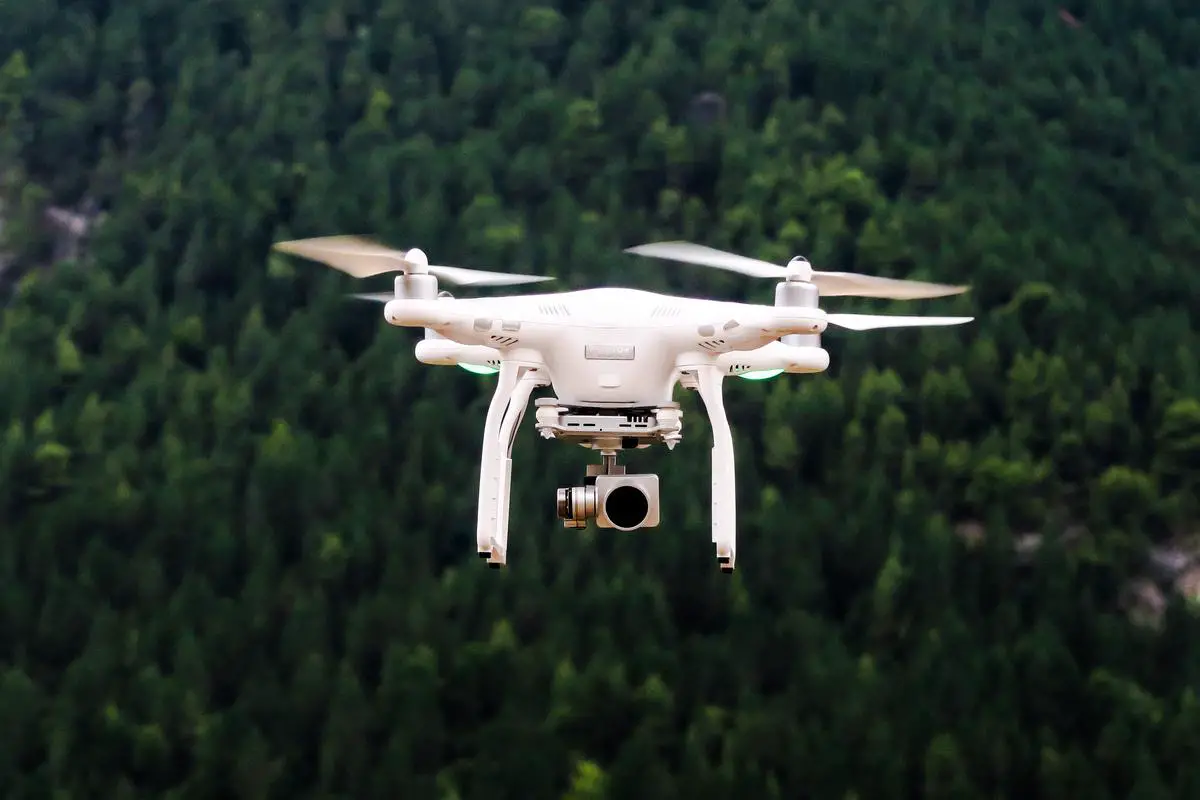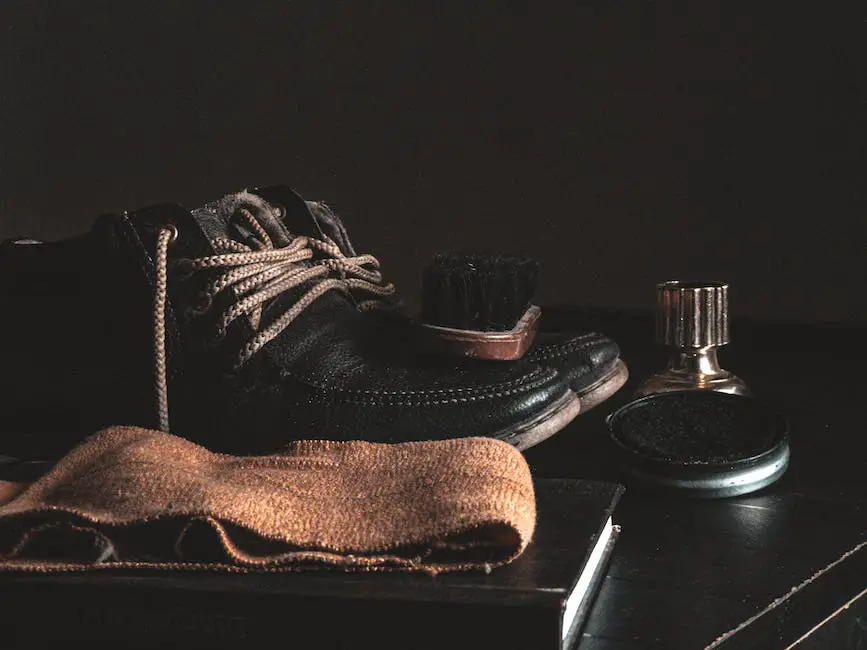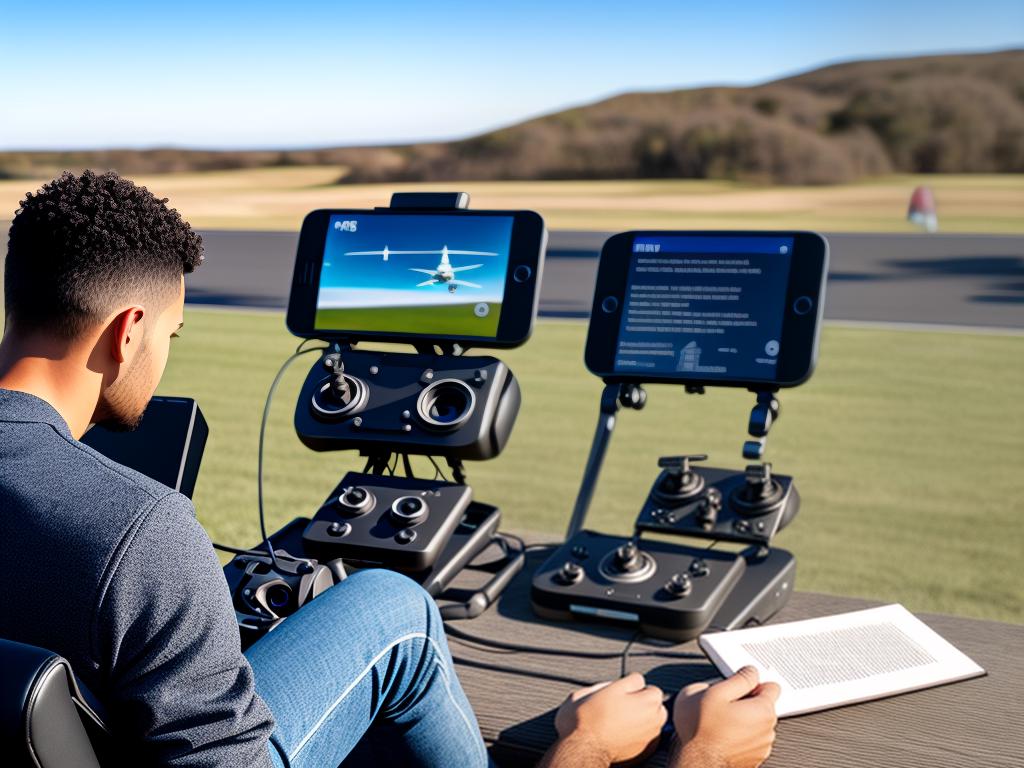In the ever-evolving world of drone technology, venturing into night flight presents its own set of opportunities and challenges. It’s more than simply piloting a drone once the sun has set – it’s about navigating the comprehensive set of Federal Aviation Administration (FAA) regulations, honing your nocturnal drone operating skills, and developing an in-depth understanding of drone maintenance and pre-flight checks. Embarking on this thrill-filled journey demands an adherence to laws and an emphasis on safety, which can be achieved through acquiring a Part 107 waiver and mastering the art of flying with reduced visibility. Be it the proper utilization of onboard cameras or the careful examination of the drone’s lighting system; the journey to becoming a skilled night drone operator begins here.
Understanding Drone Night Flight Regulations
Understanding FAA Regulations
The Federal Aviation Administration (FAA) has established regulations for unmanned aircraft systems, often referred to as drones. Prior to flying a drone at night, it is important to familiarize yourself with these regulations, which are outlined in FAA Part 107. As of April 21, 2021, drone pilots flying under Part 107 rules over people and moving vehicles are also allowed to operate at night without obtaining a waiver, provided they have completed an updated knowledge test or online training course.
Acquiring Part 107 Waiver
Prior to the update in April 2021, if drone operators wanted to fly at night, they needed to obtain a Part 107 waiver from the FAA. Even though the rule has been updated, drone pilots still must follow certain guidelines for flying at night. If you do not meet these guidelines, you may still need to apply for a Part 107 waiver, which allows you to bypass certain FAA drone regulations.
Understanding Airspace Rules
Understanding airspace rules is another imperative aspect of flying a drone at night. While Class G, or uncontrolled airspace, can typically be used for drone flight without obtaining airspace authorization, it is crucial to check the FAA’s UAS Facility Maps for your planned flight area. This will allow you to know the maximum altitude at which your drone is allowed to fly, preventing any violations of FAA rules.
Use of Anti-Collision Lighting
The FAA has mandated that all drones flying at night must be equipped with anti-collision lights that are visible for up to 3 statute miles. These lights should have a solid or strobing pattern and must be kept on throughout the duration of the flight. The FAA suggests choosing lights that have a range of colors so as to avoid confusion with other airspace activity. Remember to always monitor your drone during night flight to ensure the lights are functioning correctly.
Ensuring Public Safety
Providing standard safety measures is a priority under FAA. It’s important to always fly your drone within your line of sight. This means ensuring that you can see your drone at all times without the use of a device such as a video screen or binoculars. At night, this can be more difficult, so it’s crucial to rely heavily on your drone’s anti-collision lights and to always be aware of your surroundings.

Photo by jeisblack on Unsplash
Nighttime Drone Operation Skills
Understanding Your Drone’s Onboard Cameras
Operating a drone at night requires mastering control of your drone’s onboard cameras. These cameras often provide critical visual information that substitutes for the reduced visibility at night. Use your drone’s light sensitivity settings and adjust them for the best possible night-time view. Certain drones may also include thermal imaging cameras, night vision cameras, or infrared sensors that are particularly useful for night flight. Review your drone’s user manual to fully understand the capabilities of your onboard cameras.
Interpreting Flight Data in the Dark
Flight data are vital for safe and successful drone operation at night. This data includes altitude, speed, and direction. Utilizing your drone’s Global Positioning System (GPS) provides an accurate real-time position of the drone, which is crucial when visibility is low. Furthermore, monitor the battery level regularly as cold temperatures during night time can affect battery life. Guided by these data sets, you’ll be able to fly your drone safely and effectively, even without clear visual contact.
Practicing Flight Maneuvers at Night
Night-time drone piloting requires more than just good equipment; it requires practice and skill. Start in a safe and open space free of potential obstacles to practice basic maneuvers. These include taking off and landing, simple forward and backward movement, and more complex tasks like rotating and hovering. Practicing these skills at night will help you get a feel for the controls in a low-light environment. It is fruitful to practice coordinating the controls with the visual data from the onboard camera, which may take some time to get used to.
Respecting Legal and Safety Concerns for Night Flight
In addition to learning the technical aspects of night-time drone operation, you also need to respect legal and safety rules. In the United States, for example, the Federal Aviation Administration (FAA) requires drone pilots to have specific training and waivers to fly at night. Ensure that you’re aware of these regulations and any local rules which may apply. Always make sure your drone is well-lit to maintain visibility and prevent potential accidents, and avoid flying over people or private property without permission.

Drone Maintenance and Pre-flight Checks
Understanding Drone Maintenance
Proper drone maintenance begins with careful handling of your drone components. Regularly clean your machine, clearing debris from parts like motors and sensors. Use a soft cloth or compressed air to gently clean the propellers. A regular examination of the drone for any physical damage, such as cracks or dents, should also be carried out. Repair or replace any parts as needed to ensure the longevity and performance of your drone.
Conducting a Pre-flight Check
Before a flight, you should always conduct a pre-flight check. This helps you ensure that the drone is in good working condition. Begin with a visual inspection. Check the propellers for any signs of wear and tear, ensure that they are tightly fixed and can freely rotate. Ensuring the drone’s frame and landing gear are free from any form of damage is equally important.
Checking the Functionality of the Drone
Next, check the drone’s functions. This includes checking its motor and GPS functionality, confirming that the drone can take off and land smoothly, and testing out the controller. Make sure that the signal between the controller and the drone is strong and uninterrupted. Disruptions in connection can potentially lead to loss of control, posing a safety risk during flight.
Inspecting the Drone’s Lighting System
To fly a drone at night, it’s crucial to have correctly functioning lighting. First, check that the drone’s lights are clearly visible from several directions, in compliance with FAA regulations. Be sure the lighting system is functioning properly by turning on the drone and operating the lights in all modes. Green and red lights should be solid and bright without any flickering.
Proper Battery Management
Proper battery management is a key aspect of drone maintenance. Always check the state of your drone’s battery before embarking on a flight. Make sure it is fully charged and holds its charge well. It is advised to always carry spare charged batteries, especially for extended flight periods. Additionally, look out for any physical damage to your batteries, such as swelling, which could indicate a faulty or old battery. Replace any identified potential risks promptly.
Safety and Longevity
By adhering to these guidelines, safety in night flights can be ensured as well as the longevity of your drone. Regularly conducting pre-flight checks can help detect early signs of wear and tear, allowing for timely replacements and preventing inconvenient or dangerous in-flight failures.

Indeed, familiarity with FAA regulations, proper drone maintenance, and the development of nighttime drone operation skills form the cornerstone of safe and efficient drone flight after dark. The complexity of night drone flight may seem daunting, yet, it is through understanding how to interpret flight data under less visible conditions, learning how to execute pre-flight checks such as battery management and part functionality, and obtaining a Part 107 waiver that one truly becomes a seasoned drone pilot. Remember, every flight, whether under the broad daylight or the starry night, must always go hand in hand with respect for safety norms, regulatory compliance, and an undying zeal to explore the breadth of possibilities that the drone technology has in store.
Originally posted 2023-07-27 16:23:56.




